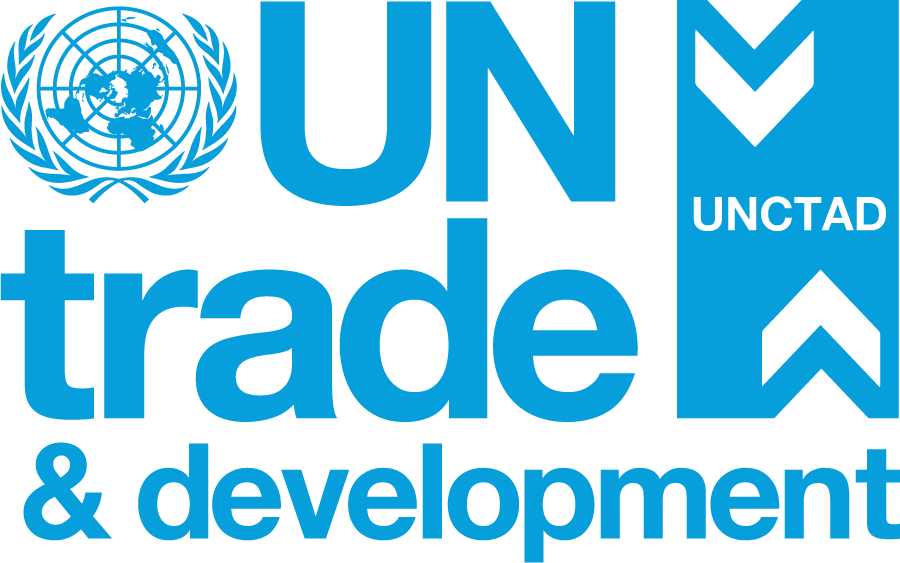Ukraine, Bahrain, and Cameroon saw the largest annual connectivity increases in Q3 2025
Annual change in liner shipping connectivity, percentage
UN Trade and Development, UNCTADstat and MDS Transmodal.
Change year-on-year in the Liner Shipping Connectivity Index from Q3 2024 to Q3 2025.
Liner shipping connectivity improved in more economies than it declined in the third quarter of 2025 compared to the same period in 2024. Ukraine recorded the highest growth globally, with an increase of 118.7%. Other major increases were observed in Bahrain with +60.3%, Cameroon with +51.3%, Namibia with +46.0%, and Sierra Leone with +38.6%.
The sharpest decreases were recorded in Bahamas (-22.4%), Bonaire/Sint Eustatius/Saba (-20.0%), and New Zealand (-18.5%).
